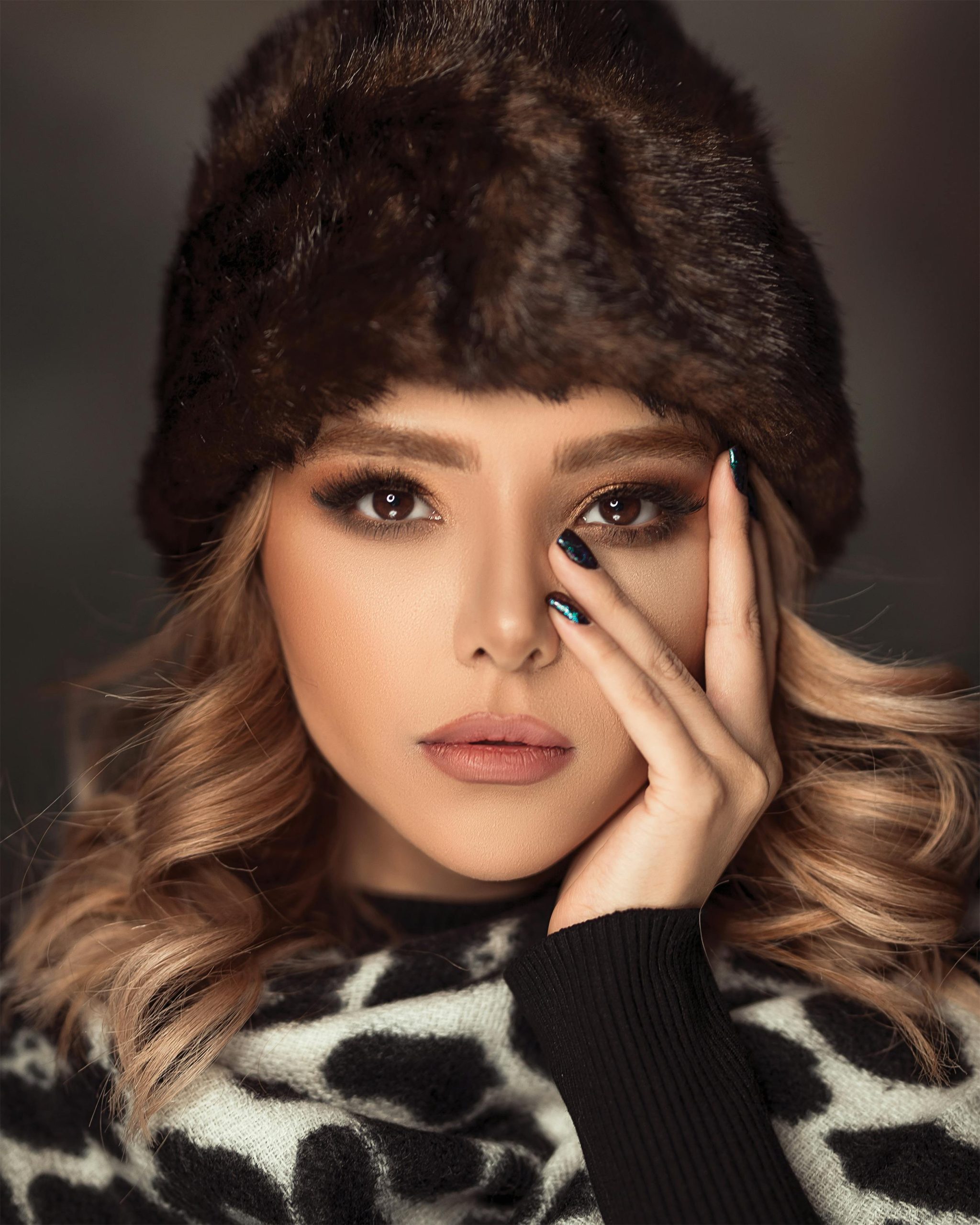In today’s digital age, the realm of photography is undergoing a profound transformation thanks to advancements in artificial intelligence (AI). AI image generation, facilitated by techniques like Generative Adversarial Networks (GANs), allows computers to create remarkably realistic images of people, objects, and scenes. By analyzing vast datasets of existing images, these algorithms learn to generate new visuals that can be indistinguishable from genuine photographs. However, this technology has also given rise to a concerning trend: the proliferation of fake images depicting celebrities and politicians. Recent years have seen a surge in manipulated photos circulating on social media platforms, often with malicious intent. One notorious example is the dissemination of doctored images featuring former President Donald Trump posing alongside African American individuals during his election campaign. Similarly, singer Taylor Swift fell victim to fake, scandalous images that flooded Twitter, garnering millions of views and spreading rapidly before their falsity was exposed.

Spotting AI-generated photos amidst the sea of digital content can be a challenging task, but there are several telltale signs that can help discern their artificial nature. One common indicator is the presence of unusual artifacts or inconsistencies within the image. These can manifest as distorted facial features, mismatched lighting and shadows, or blurred edges where elements have been seamlessly stitched together. Moreover, AI-generated photos often lack the imperfections and nuances inherent in authentic photographs, such as fine details or subtle variations in color and texture. Additionally, careful scrutiny of the context surrounding the image can provide valuable clues, as fake photos may be accompanied by dubious sources or dubious claims.

Another key feature to watch for when scrutinizing photos for signs of manipulation is the presence of unrealistic or physically impossible elements. AI-generated images may depict scenarios or compositions that defy the laws of physics or common sense, such as gravity-defying objects, improbable poses, or anatomical distortions. Additionally, inconsistencies in perspective or scale within the image can betray its artificial origins. For instance, a person may appear unnaturally large or small in relation to their surroundings, or objects may appear strangely elongated or compressed. By paying attention to these visual cues and applying critical analysis, viewers can better discern between genuine photographs and AI-generated fakes, safeguarding against the spread of misinformation and deception in the digital landscape.

As consumers of digital media, it is imperative that we exercise vigilance and critical thinking when encountering potentially manipulated images. Before sharing or endorsing any photograph online, users should take proactive steps to verify its authenticity and origin. This may involve conducting reverse image searches, consulting reputable sources, or seeking clarification from the individuals depicted in the photo. By refusing to perpetuate the spread of misinformation and exercising responsible digital citizenship, we can help mitigate the harmful effects of AI-generated imagery on public discourse and societal trust.
Photo Credits:
Photo by Ali Pazani: https://www.pexels.com/photo/woman-wearing-brown-fur-beanies-and-white-and-balck-top-2681751/

